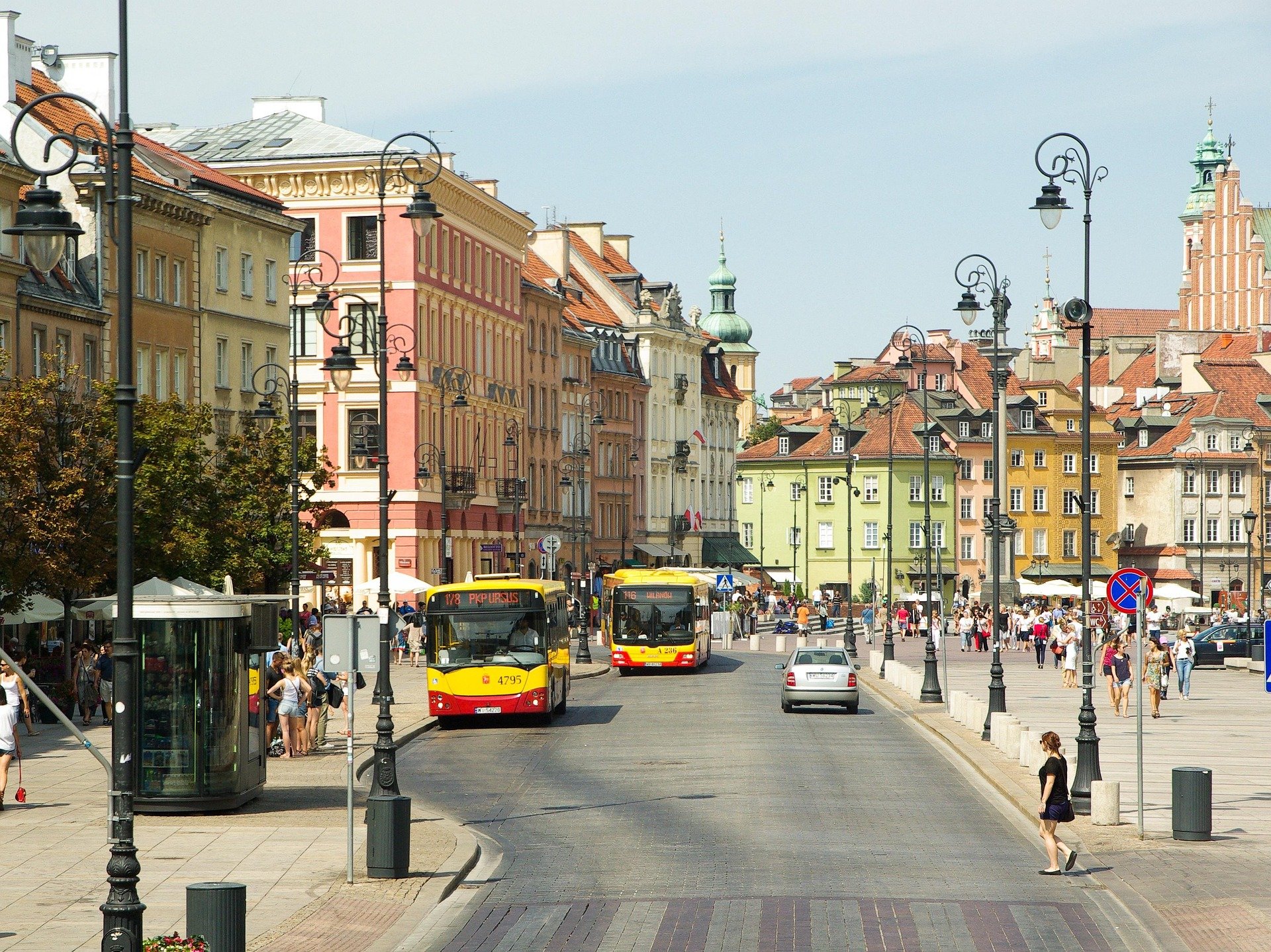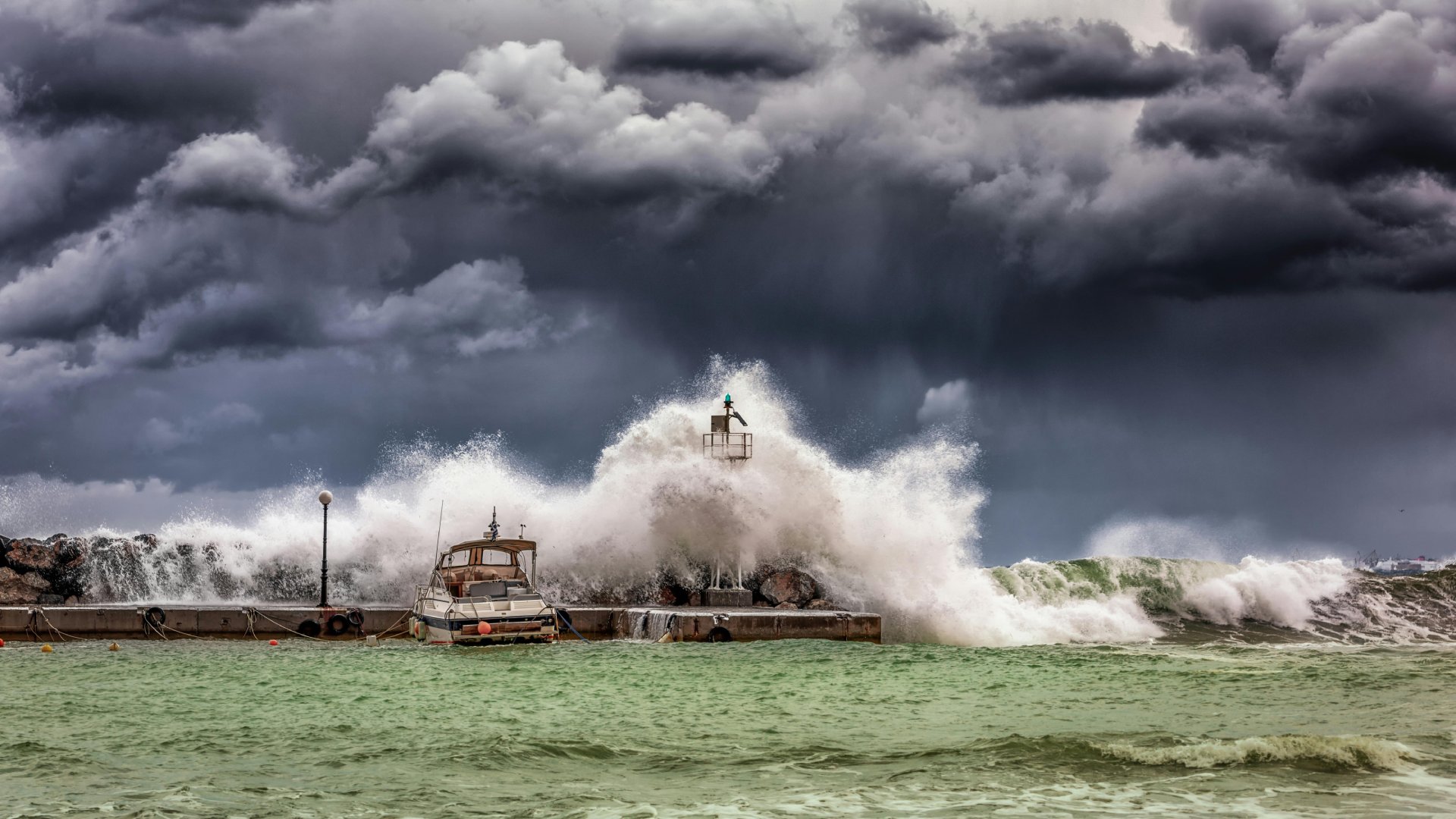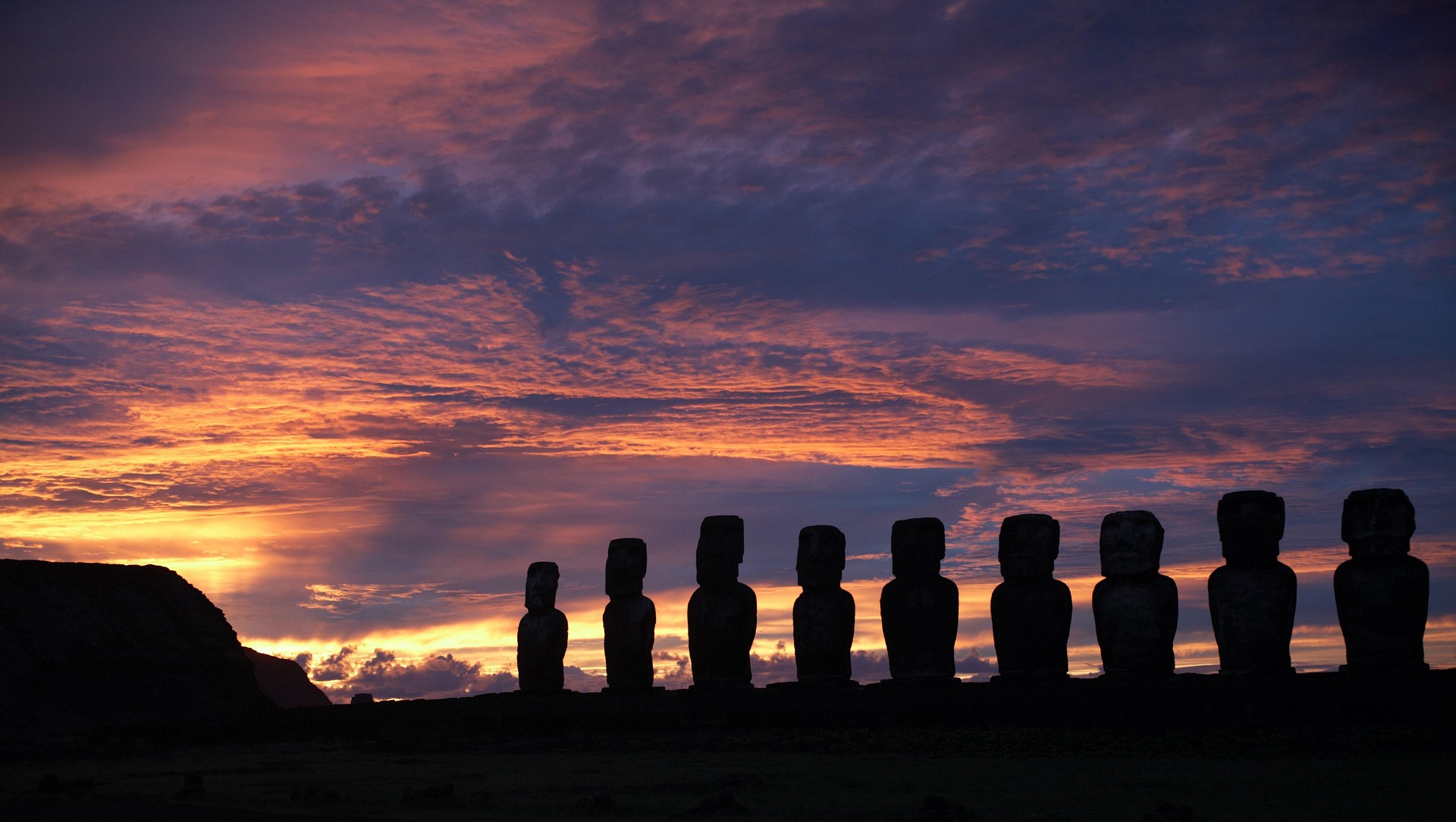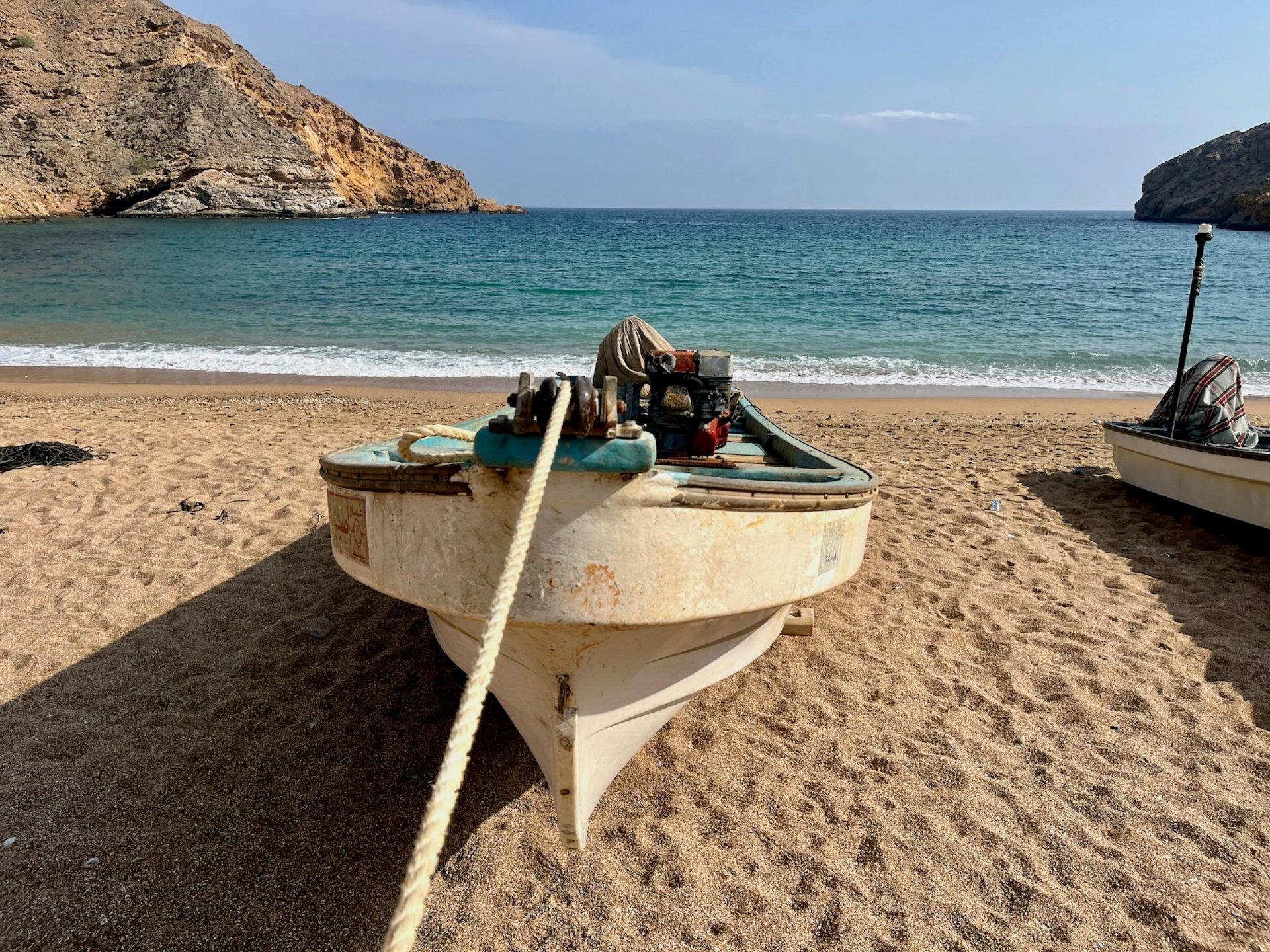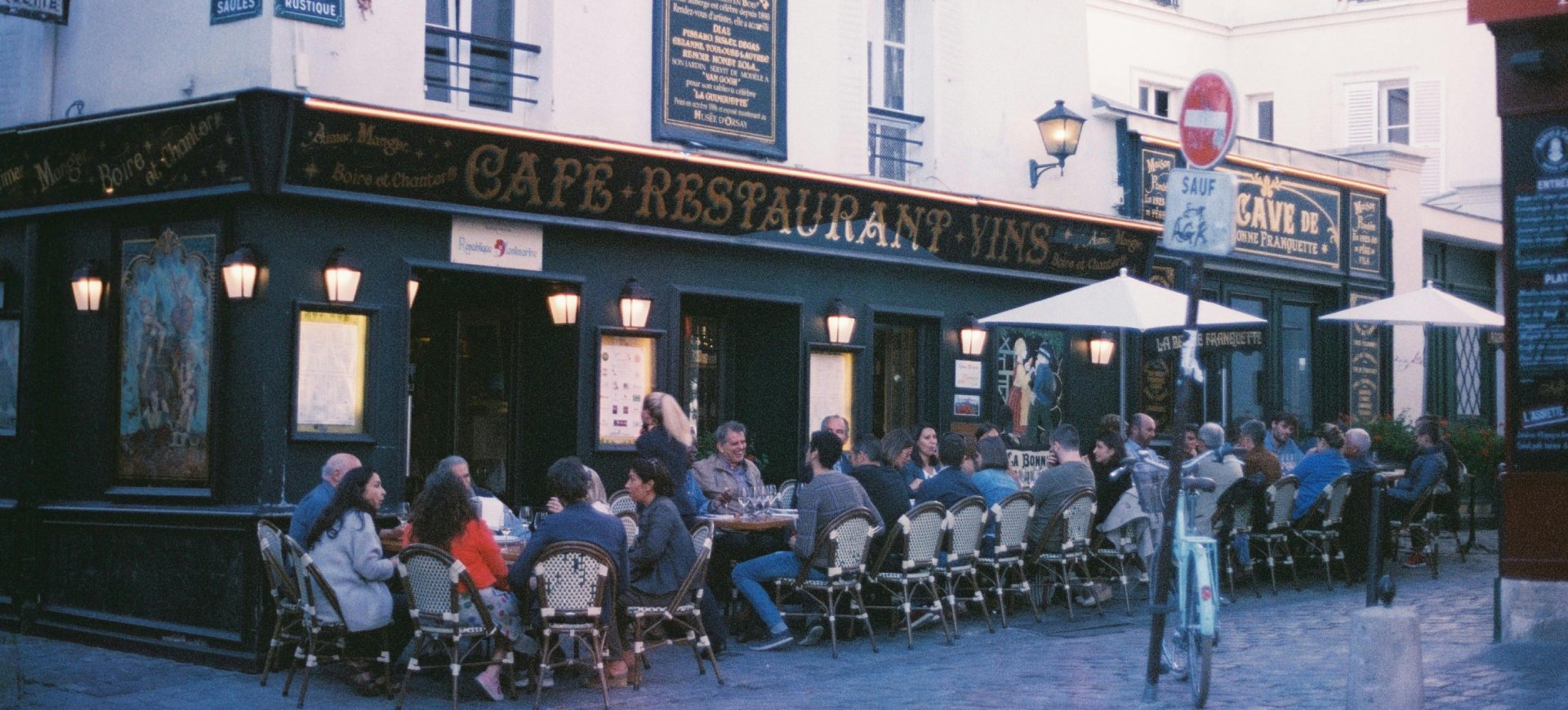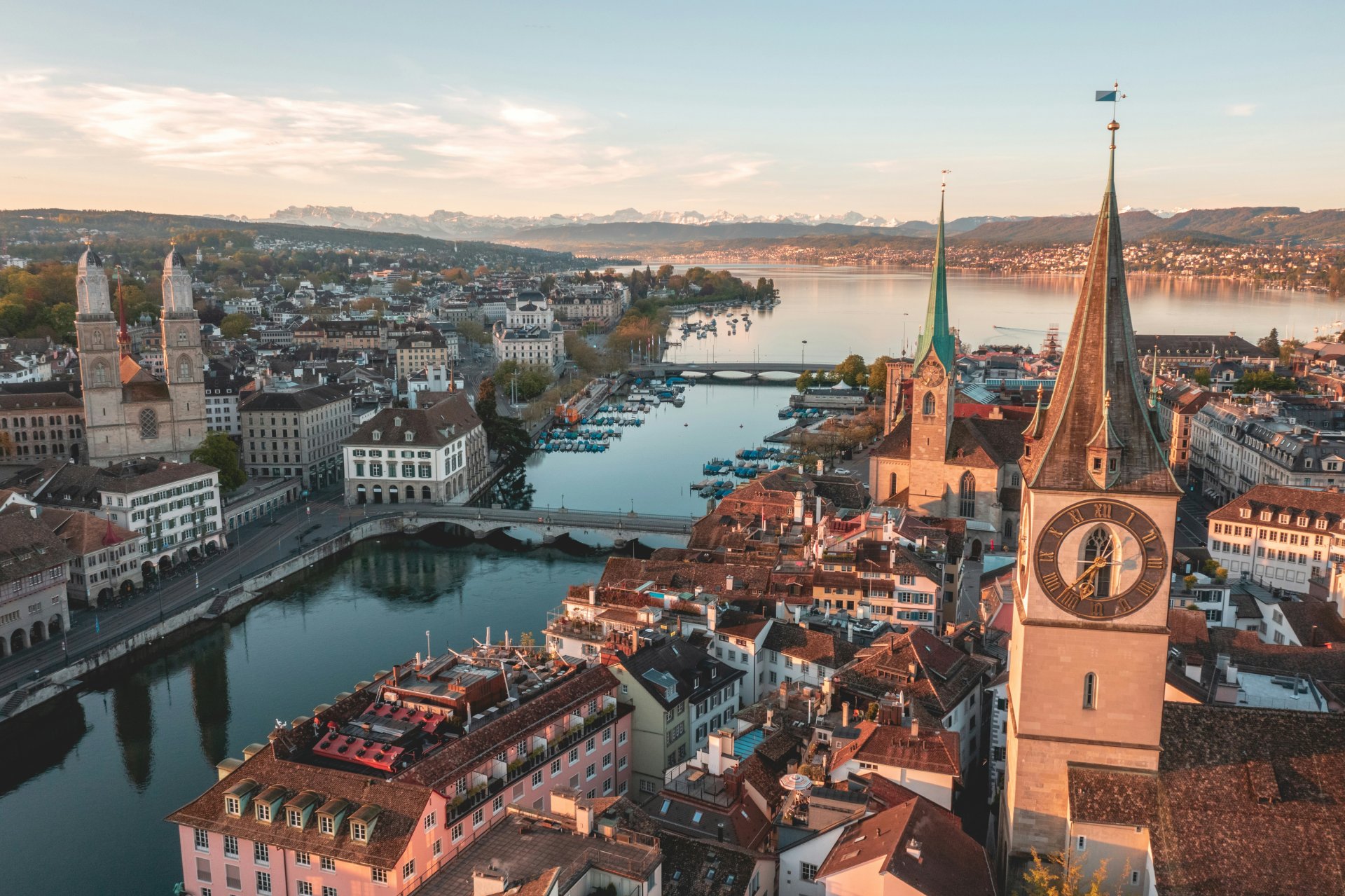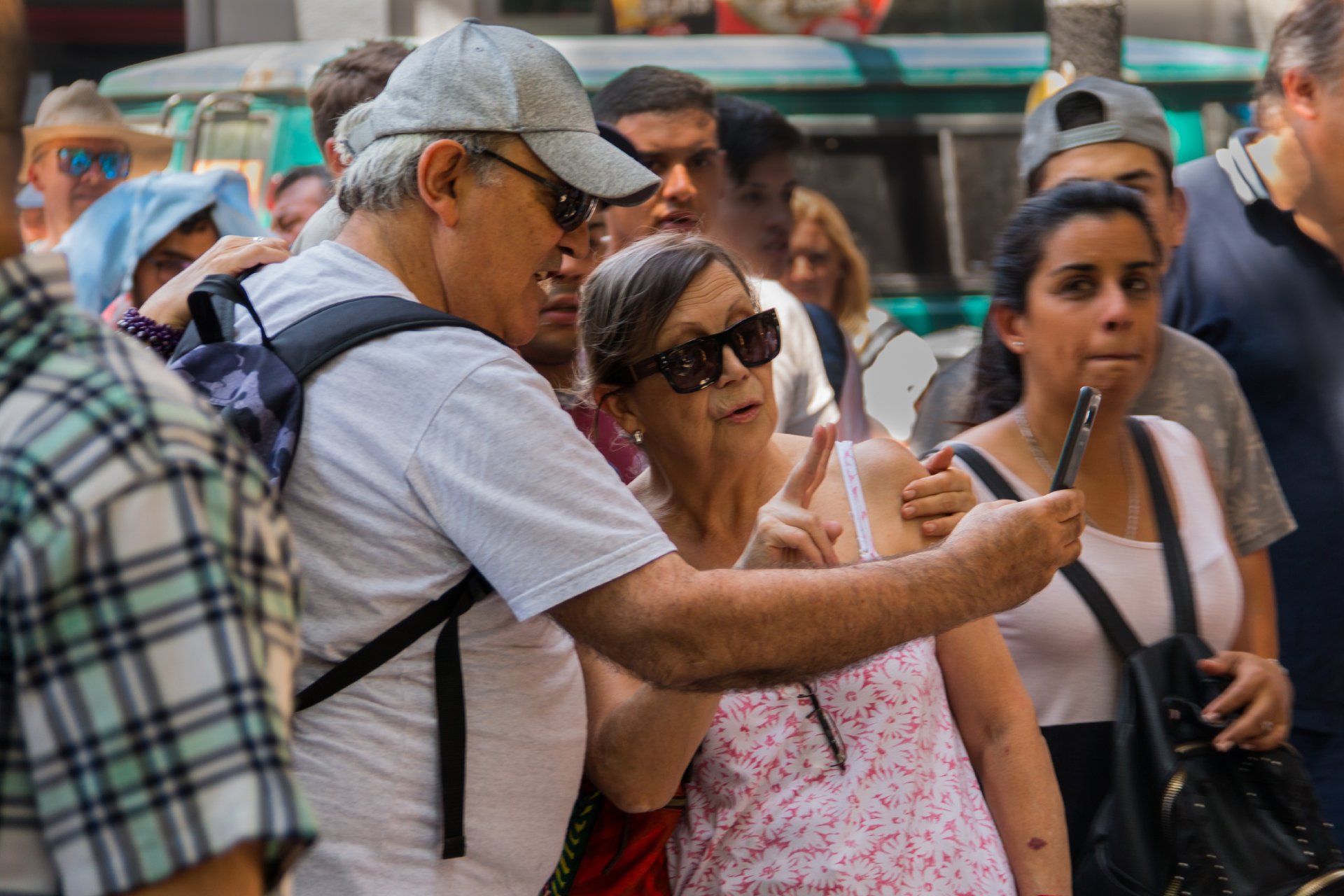Article Highlights:
- Warsaw, Poland, offers a deep historical and cultural experience, blending past resilience with modern attractions.
- Polish etiquette values formal greetings, modest dress, and respectful behavior in public and religious spaces.
- Poland is safe for travelers, but heightened security measures exist due to the influx of Ukrainian refugees.
- Warsaw’s vibrant arts, music, and nightlife scenes provide diverse entertainment options for visitors.
- Local cuisine, including pierogi and zapiekanka, is a must-try, and Poland’s drinking water is generally safe.
Warsaw, Poland’s capital, stands as a symbol of resilience and renewal. Nearly destroyed during World War II, the city has been meticulously rebuilt, blending historical charm with modern sophistication. From its thriving art scene and energetic nightlife to its deeply rooted traditions, Warsaw offers an immersive experience that bridges the past and the present. The city’s stunning architecture, lively markets, and warm locals make it a must-visit destination.
Warsaw’s history is deeply intertwined with Poland’s national identity. Its diverse ethnic and religious backgrounds include a strong Roman Catholic presence, a historical Jewish community, and various minority groups. The city has long been a hub of trade and commerce, with industries spanning finance, technology, and manufacturing. Warsaw’s Old Town, a UNESCO World Heritage Site, exemplifies its ability to rebuild after devastation.
Warsaw: Attractions and Activities
Warsaw offers an array of cultural and recreational attractions. The Royal Castle and Łazienki Park showcase Polish history and architectural grandeur. The POLIN Museum of the History of Polish Jews provides a profound look at Jewish heritage in Poland. For contemporary art lovers, Warsaw’s street art scene and galleries like Zachęta National Gallery of Art offer a glimpse into modern Polish creativity.
For music enthusiasts, Warsaw’s Chopin Museum celebrates the legendary composer. Live classical performances and vibrant jazz and electronic music scenes are typical. Outdoor lovers can explore the Vistula River or escape to Kampinos National Park outside the city. Nightlife thrives in Praga, where trendy bars and underground clubs keep the city alive until dawn. Adventure seekers can try skijoring, where a skier is pulled by a horse, dog, or vehicle — a winter sport popular in Poland. Ice sailing, another lesser-known activity, takes advantage of the country’s frozen lakes.
Poland’s Cuisine and Culture
Polish cuisine is hearty and flavorful. Pierogi (dumplings), bigos (hunter’s stew), and żurek (sour rye soup) are national staples. Warsaw’s food markets and milk bars serve authentic, affordable meals. Street food lovers should try zapiekanka, an open-faced baguette with toppings, and obwarzanek, a chewy bagel-like snack.
Vegetarians will find growing options, but traditional Polish food is meat-heavy. Those with dietary restrictions should confirm ingredients when dining out. Tap water is safe in Warsaw, though some prefer bottled spring water.
Polish is the official language, though English is widely spoken in tourist areas. Locals appreciate visitors learning basic phrases like “Dzień dobry” (“Good day”) and “Dziękuję” (“Thank you”). A phrasebook or translation app can be useful for deeper interactions.
Polish customs emphasize politeness and formality. Greetings typically include a handshake and direct eye contact. Public behavior is generally reserved, and raising one’s voice in public is frowned upon. While Warsaw is a modern city, dress codes remain conservative in religious spaces and fine-dining establishments.
And despite a widely circulated myth, Winnie the Pooh T-shirts are not banned in Poland due to the character’s lack of pants. This urban legend has no legal basis but continues to entertain curious travelers.
Getting to Poland: When and How
Warsaw experiences four distinct seasons. Spring and autumn offer mild temperatures and colorful scenery. Summer brings warm weather, making exploring the city’s parks and outdoor events ideal. Winters can be harsh, but they also bring festive Christmas markets and unique winter sports opportunities. Packing accordingly is essential, with layers recommended for winter visits and comfortable walking shoes year-round.
Most travelers to Poland need a valid passport, and depending on their country of origin, some require visas. Entry forms and customs regulations vary, so it is advised to check with official sources before arrival.
Getting Around Warsaw
Public transportation is efficient and includes buses, trams, and a metro system. Ride-sharing services and taxis are available but should be used cautiously to avoid scams. Renting a car is possible, but Warsaw’s public transit is often more convenient. Travelers with pets will find Poland’s train system accommodating, with leashing and muzzling requirements for larger dogs.
Poland uses the Polish złoty (PLN). ATMs are widely available, and credit cards are accepted in most establishments. Warsaw is relatively affordable compared to Western European capitals, with moderate food, transportation, and entertainment costs.
Is Poland Safe?
Warsaw’s low crime rates make it safe for travelers, but the adjacent Russia-Ukraine war has security impacts.
The presence of Ukrainian refugees in Poland has normalized. The security focus has shifted to the border with Belarus where Poland maintains increased security using physical barriers, troops, drone, helicopters, and armed vehicles as part of their defense.
Political stability in Poland remains strong, though occasional protests may disrupt public transportation. Before traveling, note emergency contacts, including Poland’s 112 emergency number.
Poland has excellent medical facilities, with Warsaw offering top-tier hospitals and clinics. Pharmacies are widely available, and over-the-counter medications are easy to obtain. While public healthcare is available, travelers are advised to have travel insurance covering medical emergencies and evacuation if needed.
The Global Rescue Connection
Travelers are approaching international travel boldly but with greater caution and preparation. From geopolitical instability to health risks, travelers face numerous challenges, but some steps can mitigate these risks. Preemptively securing travel protection for medical and security emergencies is a good first step. Staying informed by consulting travel alerts and destination reports can help travelers avoid dangerous situations and make educated decisions about where to go and when.
In today’s rapidly changing global landscape, travelers must prioritize their safety by seeking the right resources and services to ensure a secure journey. “Having the right safety advisory, security extraction, and medical evacuation services in place can provide peace of mind,” said Harding Bush, former Navy SEAL and Global Rescue associate director of security operations. “Travelers should be prepared for the unexpected and make safety a key part of their travel planning.”

